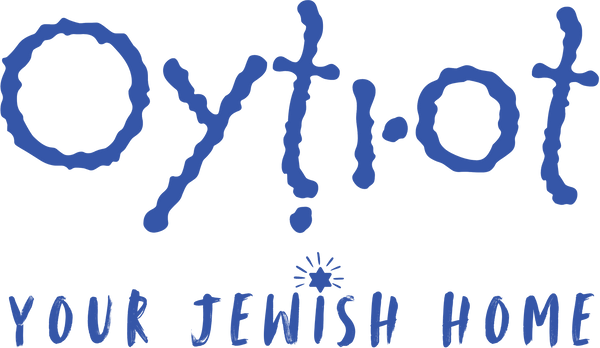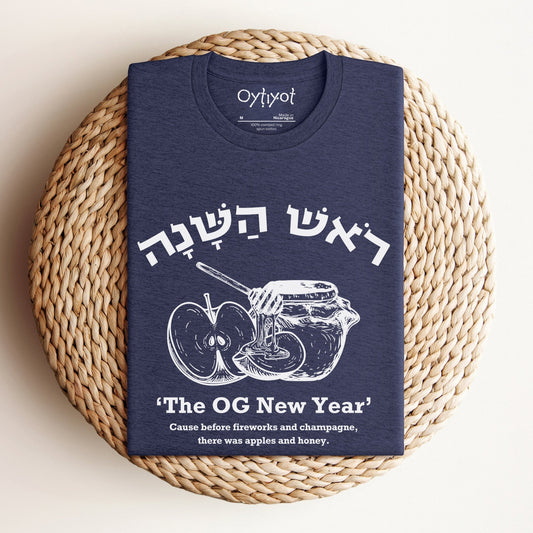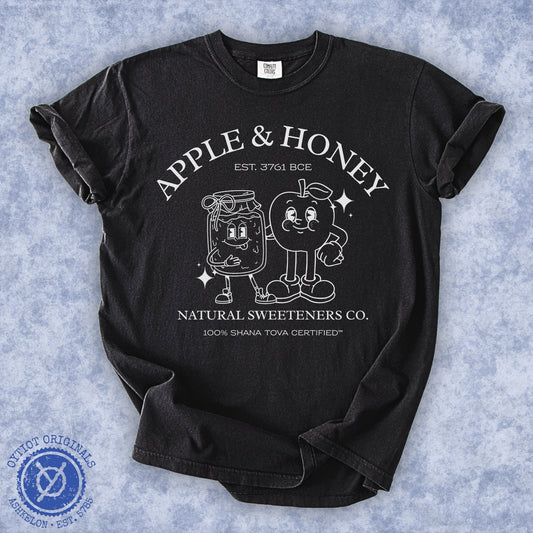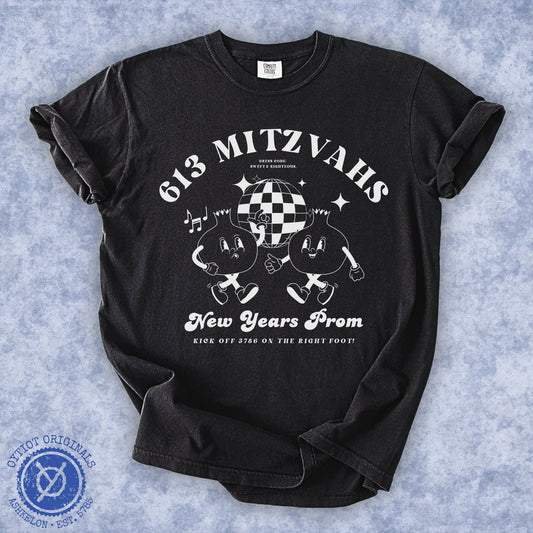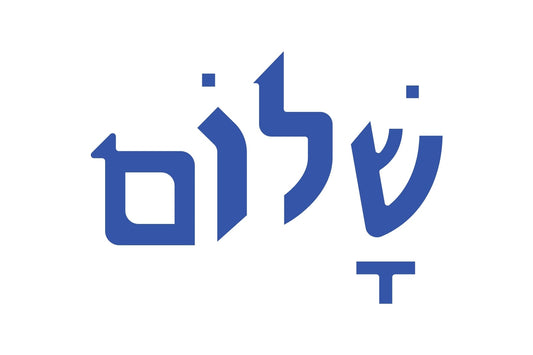Rosh Hashanah: Origins, Meaning, And How We Celebrate Today
Rosh Hashanah: Origins, Meaning, and How We Celebrate Today
A fresh start with ancient roots
Rosh Hashanah—the “head” of the year—launches the Jewish season of reflection and return. It opens the Ten Days of Teshuvah (Return) that lead to Yom Kippur and asks us to look both backward and forward: to take stock, to repair, and to begin again with intention.

In the Bible: the day of sounding (Yom Teruah)
In the Torah, the first day of the seventh month is marked as a sacred day defined by sound—a “memorial of blasting”—and by rest from work and offerings in the Temple. The day’s essence is the shofar’s call and mindful pause more than any narrative attached to it.
From “Yom Teruah” to “Rosh Hashanah”
Centuries later, rabbinic tradition gives the day its familiar name. The Mishnah opens its tractate Rosh Hashanah by teaching that there are “four new years” in the Jewish calendar; the first of Tishrei becomes the new year for counting years, sabbatical cycles, and jubilees. Over time, the first of Tishrei—the day of sounding—takes on the identity of the year’s head: Rosh Hashanah.

A public reset in Second Temple times
The Book of Nehemiah paints a vivid scene from the “first day of the seventh month”: the people gather to hear the Torah read aloud, weep at its words, and are told to turn tears into purpose—eat well, drink sweet things, and send portions to those without. It’s a template for what the day still asks of us: learn, feel, share, and celebrate with community.
Core themes: Kingship, Remembrance, and Shofar
By the classical rabbinic period, the day is framed around three Musaf sections—Malchuyot (Divine sovereignty), Zichronot (remembrance), and Shofarot (revelation and the Sinai‑like power of the shofar). The High Holiday liturgy amplifies these ideas: we crown the Creator, ask to be remembered for life, and let the shofar’s raw sound reach places words can’t. Medieval poetry like Unetaneh Tokef gives voice to the day’s moral urgency—who we become this year is not fixed; sincere return, prayer, and acts of justice change us.
At the table: simanim and a sweet start
Rosh Hashanah meals are full of symbols that turn dinner into a quiet ritual:
-
Round challah (often with raisins) evokes the cycle of time.
-
Apples dipped in honey welcome a sweet year.
-
Pomegranates hint at abundant merits and possibilities.
-
Many families set out a plate of simanim—dates, leeks, beets, gourds, black‑eyed peas or fenugreek, and sometimes a fish (or lamb) head with the wish to be “a head and not a tail.”
-
On the second night, a new seasonal fruit is often tasted to mark the blessing of reaching this moment again.
None of these foods are required; they’re gentle cues that what we eat can echo what we hope.

How people celebrate today
Across communities you’ll see candle‑lighting at home, long and melodic synagogue services, time with family and friends, quiet journaling, neighborhood walks after lunch, and communal Tashlich gatherings. Some avoid nuts; many lean into honey cakes. Some emphasize meditative learning, others joyous singing. However it’s kept, the day invites reflection, repair, and renewed purpose.
What the day asks of us
Rosh Hashanah doesn’t demand perfection. It asks for honest accounting and small, do‑able steps toward better relationships—with ourselves, with others, and with the One who hears the shofar’s cry. We name what we’ve broken and what we want to build. We ask to be written and sealed for life—and then we start living that way.
From our studio in Ashkelon
From all of us at Oytiot, may your year be filled with health, safety, and sweetness. If you’re looking for meaningful gifts or something special to wear or hang at home, explore our Rosh Hashanah collection—designs inspired by the sounds, symbols, and hopes of the season. Shanah Tovah u’Metukah!

